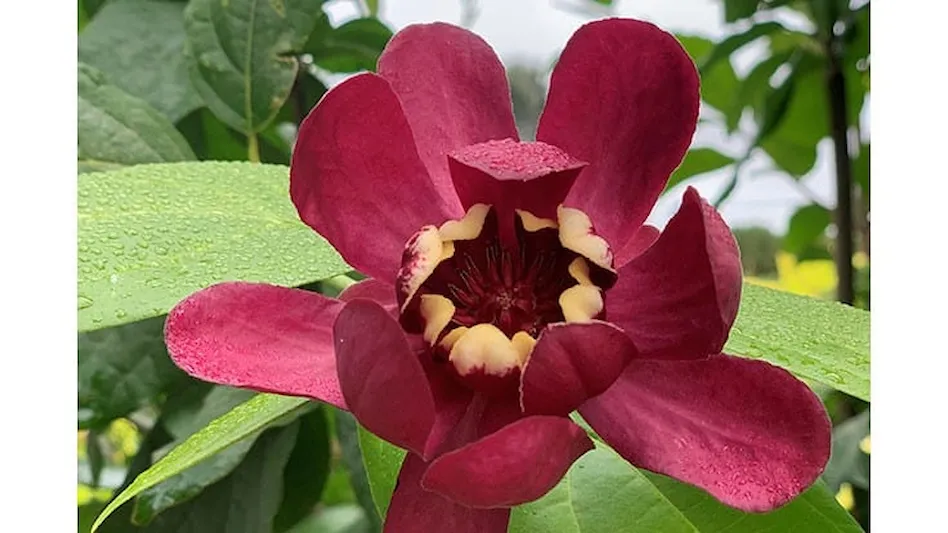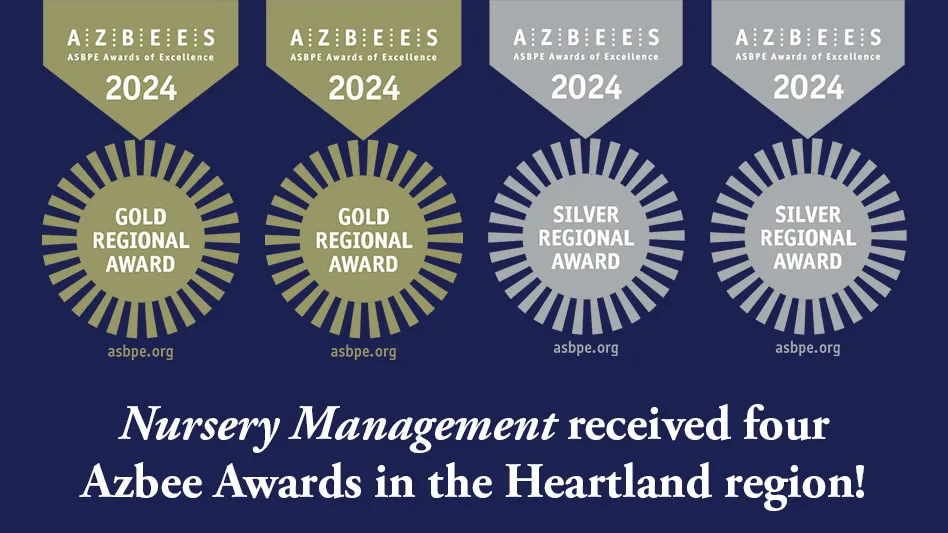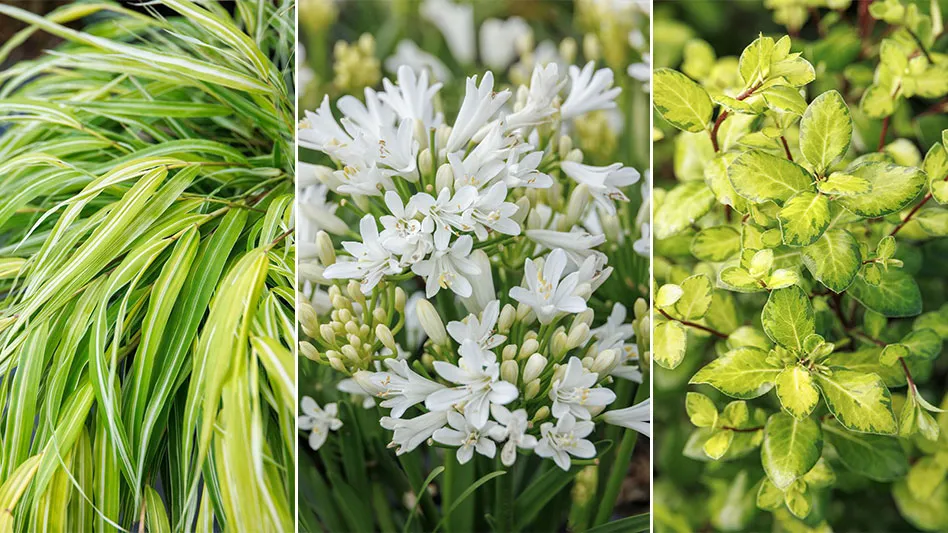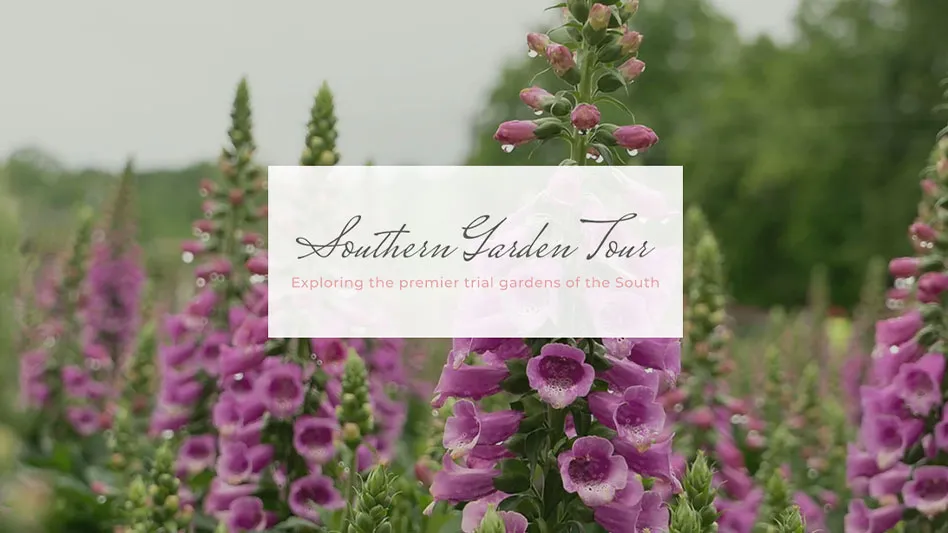

I have always loved the genus Calycanthus, and there are beautiful specimens in two of my favorite Pacific Northwest gardens. I look forward every year to seeing the Calycanthus begin blooming at Sebright Gardens in Salem, Oregon, and each June Michelle and I visit the Elisabeth C. Miller Botanical Garden in Shoreline, Washington, just in time to catch the blooms of two Calycanthus hybrids.
I’m attracted to the red (or sometimes white) magnolia-like flowers which have a light fruity fragrance, often described as melon-like. The multi-stemmed shrubs often reach a height of more than 10 feet.
We have several native species of Calycanthus in North America. C. occidentalis is native to the western Unites States, ranging from central California’s Seirra Nevada range north through the southern Cascades of Oregon and west through the Coast Range in Oregon and southern Washington. C. floridus, or Carolina allspice is native to the southeastern United States from Virginia south through the Carolinas and the Florida panhandle and as far west as Alabama. Both these species and their cultivars have horticultural value. C. chinensis (syn. Sinocalycanthus chinensis) is an Asian cousin, also of significant horticultural importance. C. chinensis has lightly colored flowers that have white to blush-pink outer tepals surrounding inner tepals that are yellow. Unlike its American cousins, the flowers lack fragrance.
One aspect of horticulture that I love is that talented persons have the ingenuity to create hybrids of closely related species. Calycanthus ‘Aphrodite’ is such a plant. It’s a cross of C. occidentalis with C. chinensis made by Tom Ranney at North Carolina State University’s Mountain Horticultural Crops Research Station in 2005. A plant patent for Calycanthus ‘Aphrodite’ was awarded to Proven Winners ColorChoice in 2013.
This really is a lovely cultivar. Its flowers are larger that the species, and are a deep reddish purple to chocolate brown, with distinct yellow tips on the inner tepals. The flowers are lightly fragrant. The plant grows to over 10 feet tall and has glossy green deciduous leaves. I’m impressed by its long bloom time. We have a lovely specimen in our landscape at Little Prince of Oregon Nursery near Portland, Oregon, which began blooming in April. Our poor plant survived a horrendous ice storm in February with no damage, and an unprecedented heat wave in late June where temperatures climbed to 117°F for two days. In late August, it was still flowering and looked fabulous. Calycanthus ‘Aphrodite’ is a great plant and deserves a prominent place in our gardens.


Explore the October 2021 Issue
Check out more from this issue and find you next story to read.
Latest from Nursery Management
- Registration opens for Darwin Perennials Day
- April 2024 issue recap
- U.S. Department of Labor finalizes farmworker protection rule
- Azo Root is now available from Harrell’s
- Smith Gardens assumes operations of Skagit Horticulture
- Garden Media Group announces the fifth annual Women in Horticulture Week
- Eason Horticultural Resources announces the addition of Phil Perry
- Perennial Plant Association celebrates 40th anniversary





